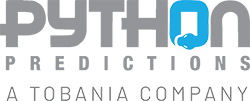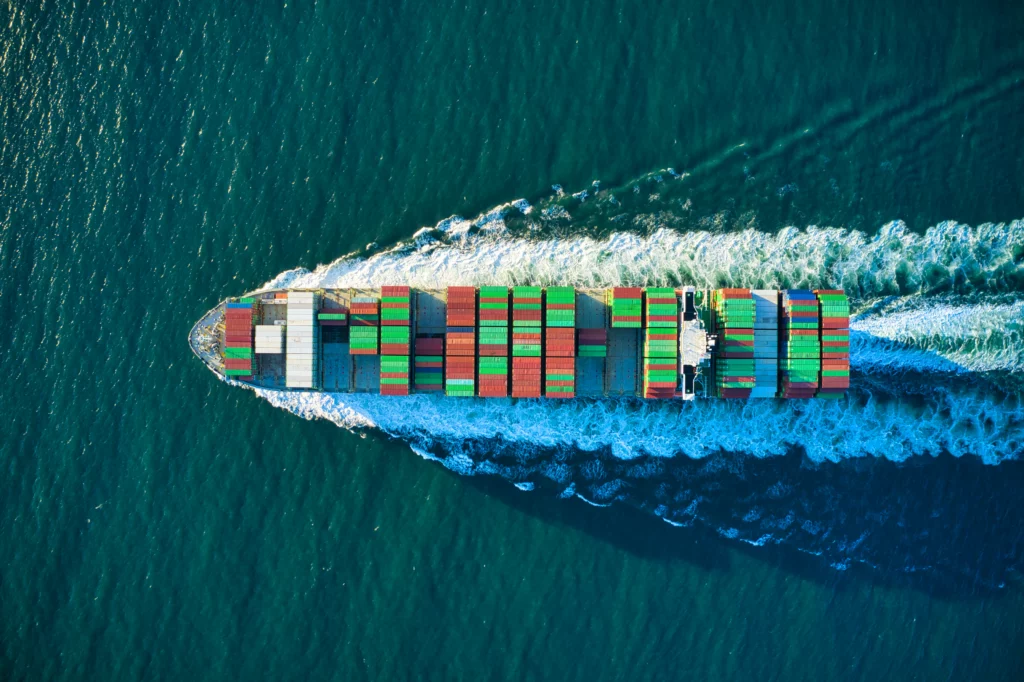We helped Port of Antwerp Bruges to create a model that accurately predicts bottom-depth evolution which allows them to optimize their dredging campaigns.
Port of Antwerp-Bruges stands as a key player in the Belgian economy. They are known as the second largest port in Europe, handling about 290 million Tonnes of goods annually. Their dedication to staying ahead of the industry led them to seek innovative solutions to dredging challenges.
To ensure ships can reach the port quickly and safely, and given the increasing trend towards giant ships with deeper draught – dredging is an essential activity at the Port of Antwerp-Bruges. Dredgers regularly remove sediments and debris from the bottom to maintain a constant depth and guarantee continuous nautical access to the port. It is a routine necessity in waterways around the world because sedimentation—the natural process of sand and silt settling down—gradually fills channels and harbors.
Today, dredging at Port of Antwerp-Bruges is done on frequent base and depth is measured multiple times a year to ensure the access to arriving and departing ships. While this approach is working fine, Port of Antwerp wanted to investigate if dredging activities are predictable – and instead they can go from continuous dredging to predictive (and prescriptive) dredging.
To tackle this challenge, we focused on a specific turning basin, which is the main access for the deepest vessels (up to 15,5 m draught) to the right-bank part of the Antwerp Port. Collaborating closely with business stakeholders, we identified the most influential factors affecting bottom-depth. Next, different complex, spatial data sources (sonar scans, ship location data and others) were combined in order to develop an accurate predictive model for bottom-depth evolution.
The resulting proof-of-concept model empowered Port of Antwerp-Bruges to accurately predict bottom-depth evolution. This allows the port to potentially optimize their dredging campaigns. Furthermore, it could aid in determining the rate and location for depth-measurement campaigns, ensuring precise planning for the arrival of the deep ships. Throughout the project, we were able to translate complex patterns in the data towards the dredging & surveying team by means of (cartographic) visualizations. As a result, the stakeholders also gained new insights into this complex system.





